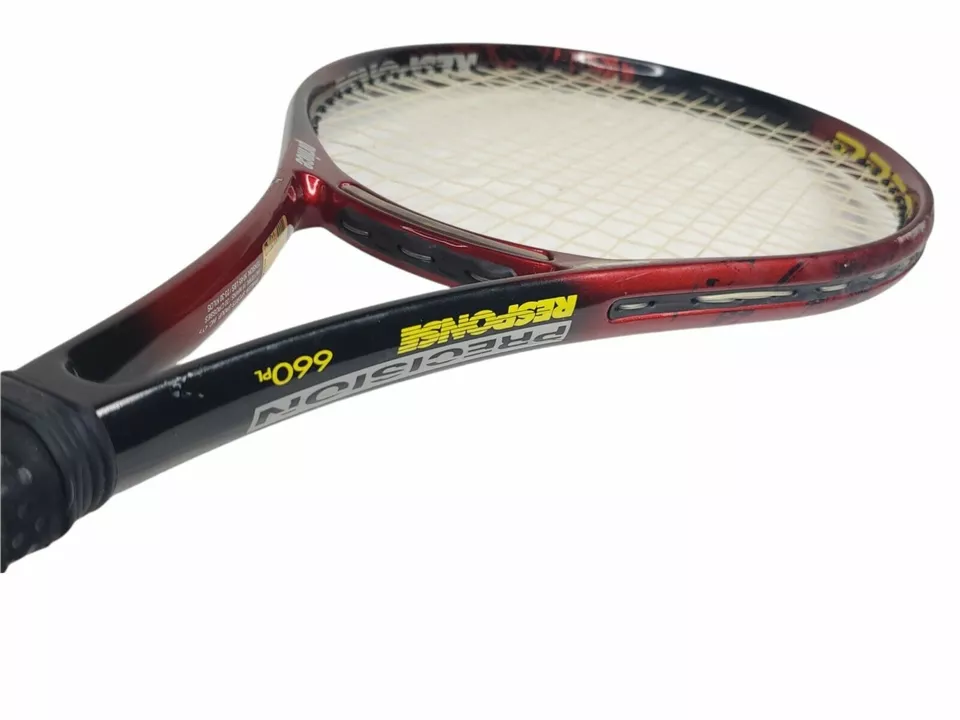Performance Tips for Tennis Players – Boost Your Game
Want to play faster, hit harder, and stay sharper on the court? You don’t need a fancy coach or expensive gear – just a few focused changes to your routine. Below are the most effective ways to raise your performance, whether you’re a beginner or a seasoned competitor.
Upgrade Your Equipment Wisely
Many players think a heavier racket automatically means more power, and there’s truth to that. A heavier frame stores more kinetic energy, letting you deliver stronger shots with less swing speed. But the trade‑off is extra arm fatigue. If you’re still building strength, try a racket that’s just a shade heavier than your current one and practice with it for a few weeks. Notice how the ball feels and whether your wrist and shoulder stay comfortable.
Another easy upgrade is using pressureless tennis balls for practice. They keep a consistent bounce longer than standard pressurized balls, so you can focus on technique without chasing a dead ball every few minutes. Choose a brand that balances durability and feel – a medium‑hard core works well on most court surfaces.
Structure Your Practice Like a Pro
Professional players split their day into three blocks: on‑court skill work, strength & conditioning, and mental training. Replicate this by starting with a light breakfast, then hitting for 90 minutes with a clear goal – for example, perfecting the second serve. Follow up with a 30‑minute strength session that targets the legs, core, and forearms. Finish with a quick meditation or visualization session; picture yourself hitting a perfect forehand under pressure.
Consistency beats occasional marathon sessions. Aim for five days a week, even if two of those days are just 30‑minute “mini‑drills.” Short, focused work keeps your body fresh and your mind engaged.
Fine‑Tune Your Footwork
Footwork is the hidden engine of performance. On slower surfaces like clay, you’ll need to slide efficiently and recover quickly to avoid long rallies that wear you down. Practice split‑step drills: as your opponent contacts the ball, jump lightly on the balls of your feet, then explode into the direction of the shot. This habit gives you the split‑second edge to reach balls that would otherwise be out of reach.
Don’t forget lateral speed. Set up two cones 10 feet apart and shuffle side‑to‑side for 30 seconds, then rest. Repeat three times. You’ll notice better balance on fast courts where quick direction changes matter.
Mental Edge in Long Rallies
Long rallies test both stamina and focus. The record‑breaking Isner‑Mahut match at Wimbledon showed how mental grit can decide a marathon. During practice, simulate extended rallies by playing “play‑until‑error” games on a single side of the court. This forces you to stay calm, trust your footwork, and pick the best shot without overthinking.
A simple mental trick is the “three‑breath reset.” After each point, inhale for a count of three, exhale for three, and refocus on your next target. It clears lingering frustration and steadies your rhythm.
By pairing equipment tweaks, structured drills, footwork drills, and mental resets, you’ll see a noticeable jump in your performance. Try one change at a time, track your feel, and keep adjusting. The court rewards players who experiment intelligently and stay patient.
